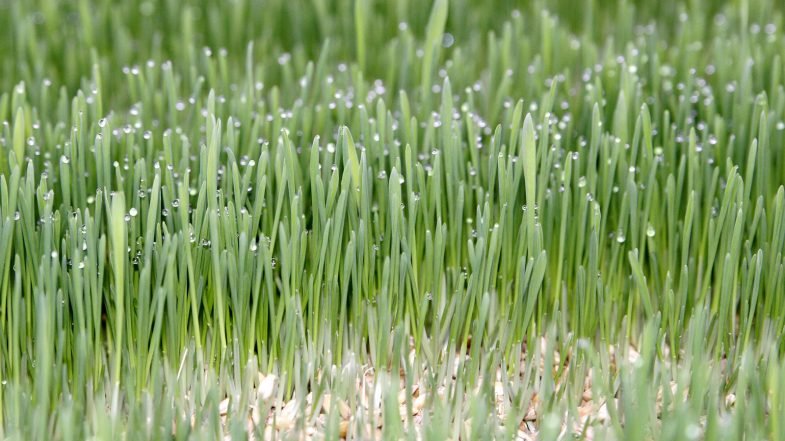Silage is a complete nutritive diet. Need of silage comes when there is shortage of fodder for dairy animals. Generally, it contains 65 to 70 percent moisture and 35 percent of dry matter. It is used as an energy and protein source.

The nutritive value of the corn silage depends on the hybrid, crop density, growing conditions, degree of maturity and moisture of the crop when harvested, and ensilage conditions. Maize, Sorghum and oats can be used for silage making. Corn fodders contains excellent nutritive profile. Fermentation occurs for silage processing under anaerobic conditions. It maintains the nutritive value of fodder while preventing from decomposition. Silage from one acre of corn fodder is enough for four lactating animals for a year.
Silage is prepared in four basic steps.
- Development of a storage area for silage.
- Harvesting of fodder.
- Chopping of fodder.
- Airtight storage of fodder.
Development of a storage area for silage
A bulk with three sided walls and a concrete floor is the most suitable way for preparing silage. Another, more simple and cost-effective way is to dig out a ditch the ground, while solid bricks are used are used in developing a bunker over the ground. Usually 20 tons of one-acre crop of corn require bunker measuring 15 feet in length, 10 feet in width and 4 feet in height. Once developed, a bunker can be utilized for years and therefore, the concept of a bunker is considered more reliable.
Harvesting of fodder
While preparing silage from corn, it is essential that the corn is chopped with the cob; as the nutritional value is greatly enhanced. For preparing the most effective silage the crop should be harvested. Corn should be harvested from 7-8 inches above from the ground level. Ideal time for harvesting of corn fodder at 85 days, when their seeds are soft but not milky when squeezed open.
Chopping of fodder
Chopping of green fodder for the preparation of silage can be managed on a chopping machine; however, silage machines are also available in the market that ensures a standardized size of chopping for the preparation of silage the size of the chop with corn cobs should be at the most one inch.
Airtight storage of fodder.
Storage of chopped fodder for preparation silage; prior to storage of chopped fodder, it is essential to cover the floor and walls of the bunker with a plastic sheet. To ensure this; The plastic sheet should be of a large size. After placing the plastic sheet, half a foot layer of fodder is spread inside the bunker. It is essential that the air between the layers of fodder is completely expelled. To do this a tractor is used to crush the fodder under the tires. Keep repeating the process till the layers of fodder reach a height of three feet.
It should be remembered that the most effective silage demands that air is completely expelled from the chopped fodder and therefore it should be ensured that after every six inches layer, tractor should be used to compress the chopped fodder till the air is completely expelled chopped fodder can be also be stored by digging a ditch in the ground, in this process, fodder should be kept at least feet above the ground level. The last layer of fodder should once again be compressed and wrapped in the plastic sheet. It should be kept in mind that the complete process, from the harvesting of the crop to its storage should not take more than sixteen hours. Basic formula for preparing silage; timely harvesting of the crop. Appropriate size of chopping. Compression of the chopped fodder, as per specification.